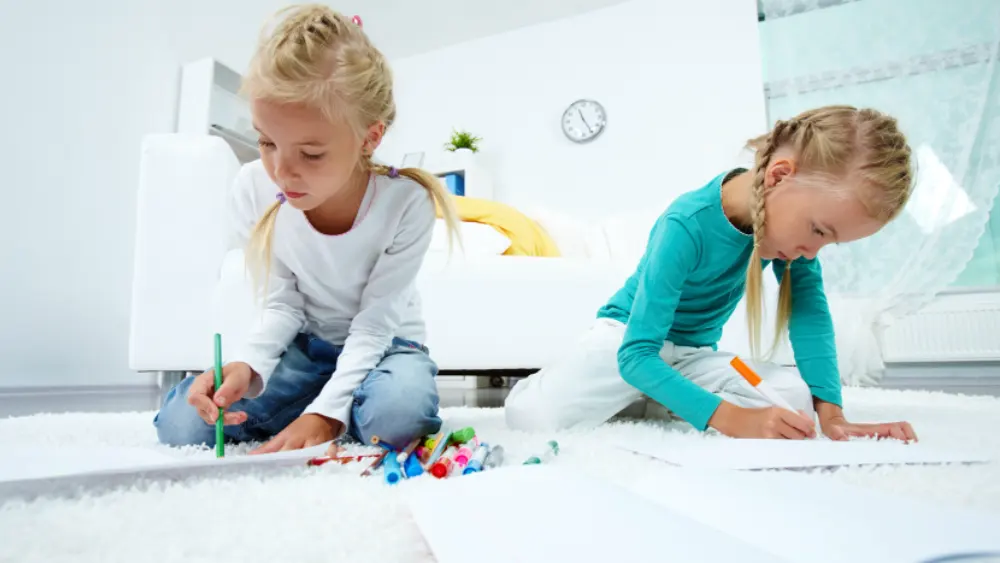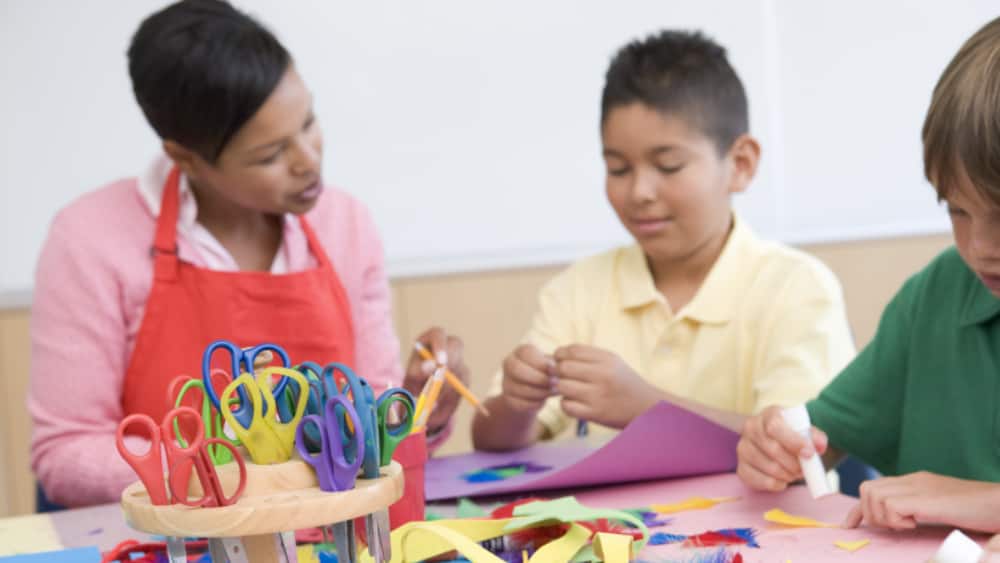Have you ever noticed how certain behaviors seem to happen over and over and over again? Maybe it’s a toddler throwing a ‘tantrum’ at bedtime or a coworker who shuts down when things get stressful. As an aspiring Registered Behavior Technician (RBT), you’ll soon learn that these behaviors aren’t actually random – they can be understood and, more importantly, changed for the better.
That’s where Applied Behavior Analysis (ABA) comes in. It’s a science-based approach that helps us understand and influence behavior, and at the core of ABA are the ABCs: Antecedents, Behaviors, and Consequences. These three simple concepts will be your toolkit for determining why behaviors happen and perhaps more importantly, how you can guide them.
Whether you’re starting your RBT journey or looking to sharpen your skills, mastering the ABCs is the perfect place to begin. Below, we’ll break everything down and show you how to apply these concepts in real-life situations.
Antecedents and Setting Events: Triggers for Behavior
Think of triggers as the “before” moment in the behavior story – the little things that happen prior to someone doing something. For example, imagine walking into your kitchen and smelling fresh-baked cookies. That mouthwatering scent might just convince you to grab a cookie (or two!). The smell? That experience triggers your behavior.
In ABA, understanding triggers involves a bit of detective work. You’re looking for clues to figure out what happens before a behavior to understand why it happens. Triggers can be as simple as someone asking a question or as complex as things like noise levels or a person’s mood.
There are two main types of: triggers
- Fast Triggers: Antecedents that happen immediately before a behavior, like someone saying, “Time to clean up!” These are often discriminative stimuli.
- Slow Triggers Setting events that happen influence motivation, like a rough night’s sleep or a stressful day.
For example, a child who has had a long, tiring day at school (setting event) might respond to the command, “Clean up now!” (antecedent), by refusing to tidy up their toys and shouting.
Why do triggers matter? When we understand antecedents, we can make changes to the environment to encourage positive behaviors that align with that person’s values. Trying to avoid snacking? Keep the cookies out of sight. Helping a child transition between activities? Use a timer or visual schedule to reduce anxiety around unexpected transitions. If you want discourage behaviors that challenge associated with escaping demanding situations, modify the level of demands placed on the person so that their day is less stressful.
By identifying and tweaking antecedents and setting events, we can make small adjustments that lead to big changes. So, take a moment to think about what antecedents are shaping your day – you might be surprised at how much they influence what happens next!
Behaviors: The Heart of the ABCs
Now that we’ve covered antecedents and setting events, let’s spotlight behaviors. In ABA, behavior refers to any action that can be seen or measured – from a teenager rolling their eyes to an employee typing on their keyboard.
But here’s the thing: not all behaviors are created equal. To understand and address them, we have to be specific. Saying, “This child is being difficult,” doesn’t tell us much. Is he refusing to speak? Crossing his arms? Walking away? Clear, observable descriptions help us uncover what’s happening and how to respond.
It’s important to note that behavior is not internal thoughts or emotions. Feeling frustrated isn’t a behavior, but slamming a door out of frustration is.
When you observe behaviors, remember these things:
- Be objective: Describe what you see, like “stomped feet,” not “was angry.”
- Be consistent: Use the same method to track behavior each time.
- Be specific: Use measurable terms, such as “called out five times” instead of “disruptive.”
Behavior isn’t just an action – it’s a window into communication and needs. Those who understand it can create meaningful, supportive solutions.
Consequences: What Happens Next
Now we’re at the final piece of the ABC puzzle: consequences. If antecedents set the stage and behavior is the main act, consequences bring the story to a close. Simply put, consequences happen right after a behavior, influencing whether that behavior will happen again.
Imagine you tell a joke at dinner, and everyone laughs. That laughter (the consequence) makes you more likely to tell another joke. But if your joke gets crickets, you might hesitate next time. Consequences either reinforce a behavior, making it more likely to recur or reduce the chance of it happening again.
There are two main types of consequences:
- Reinforcement: Increases behavior.
- Positive reinforcement: Adding something enjoyable, like praising a child for sharing.
- Negative reinforcement: Removing something unpleasant, like silencing an alarm by getting up.
- Punishment: decreases behavior.
- Positive Punishment: Adding something unpleasant, like a reprimand.
- Negative Punishment: Taking something away, like screen time for missing curfew.
Unfortunately, consequences don’t always work as intended. For example, scolding a child for interrupting might unintentionally reinforce the behavior if the child enjoys the attention. Understanding how the individual perceives the consequence is key.
In ABA, positive reinforcement is preferred because it is highly effective and fosters stronger, more positive relationships. While the use of punishment is rarely ethical due to the proven success of reinforcement, it is crucial for RBTs to understand how their actions might inadvertently function as punishment. After all, you cannot avoid punishment if you do not fully understand what it is!
Try an RBT Training for Free
Understanding the ABCs of ABA is just the beginning of a journey toward a meaningful career in behavior analysis. And no matter which ABA career path you choose, RBT training provides the tools and confidence you need to make a lasting impact.
Ready to take the next step? Our RBT training program is designed to help you dive deeper into the principles of ABA. As a special offer, we’re giving you access to the first module for free! It’s a great way to explore the techniques and insights that can set you up for success in ABA.
Then for more practical tips, don’t forget to check out our YouTube channel and additional study resources. Start your journey in ABA today – access the free module and see how RBT training can help you make a real difference in people’s lives!









